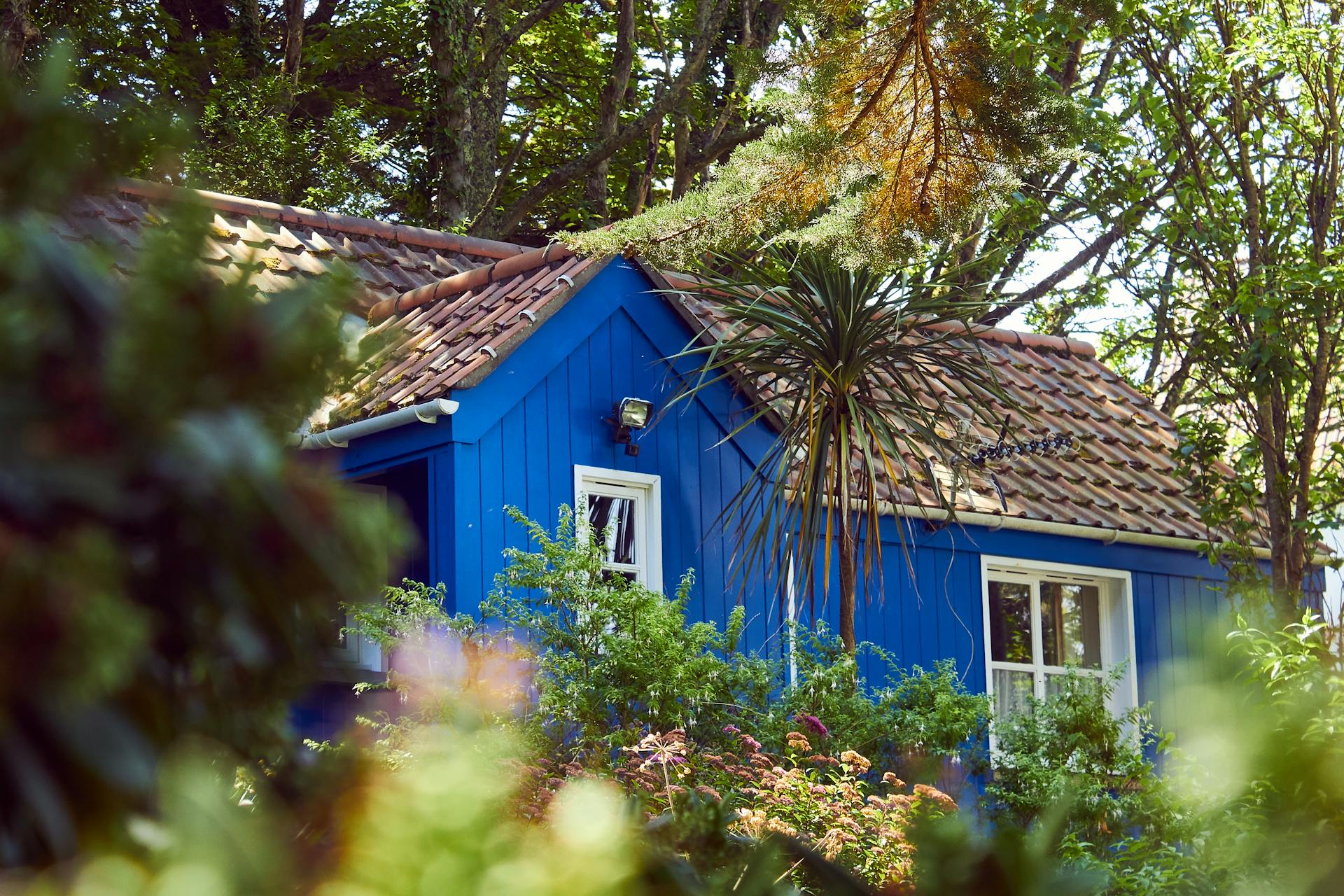

Question: Are Bungalows Always Detached?
Answer: No, bungalows are not always detached. While typically detached, bungalows can also be semi-detached or terraced/row houses. The defining feature is single-story living, not detachment.
Understanding Bungalow Styles and Configurations
Many people associate bungalows with charming, detached homes. However, the architectural style of a bungalow doesn’t dictate whether it stands alone. This article explores the relationship between their style and building format, answering the question: Are bungalows always detached?
Are Bungalows Always Detached?
Simply put, no. While many bungalows are detached, they can also exist as semi-detached or even terraced houses. The term “bungalow” refers to a specific architectural style, not a detached structure. The defining characteristics of a bungalow relate to its design features, not its proximity to other dwellings.
Click here for more information on Orangeville realtors
Related Article: What’s the Difference Between a House and a Bungalow?
Related Article: Does Bungalow Mean No Basement?
Detached Bungalows: The Classic Image
Undeniably, the image of a detached bungalow evokes a sense of classic charm and individual privacy. This standalone structure provides homeowners with ample yard space and a sense of independence. They offer flexibility in design and expansion, allowing for additions and modifications tailored to the homeowner’s needs. Detached bungalows remain highly sought-after.
Semi-Detached and Terraced Bungalows: Practical Alternatives
Both provide practical alternatives, especially in areas with higher population density or where affordability is a primary concern. In these configurations, they share one or more walls with neighboring properties. They typically occupy smaller plots of land. They still retain the distinctive architectural features that define their style. Moreover, they offer a sense of community often absent in detached housing. They offer a balance between cost, convenience, and classic design.
Bungalow Variations Across the Globe
Interestingly, their styles vary across the globe, reflecting local climates, cultural influences, and available materials. For example, the California bungalow showcases a distinct Spanish influence, while the Chicago bungalow often features brick construction. Likewise, bungalows in other countries may incorporate unique design elements that adapt the style to the local context. The term “bungalow” encompasses a diverse range of structures, unified by core architectural principles yet adapted to different environments.
The Rise and Continued Appeal of Bungalow Living
The popularity of bungalows initially surged in the early 20th century. Their simple yet elegant designs offered a practical and affordable housing option for the growing middle class. The emphasis on single-story living made them accessible to people of all ages and abilities. Today, their appeal endures. Their comfortable layout, connection to the outdoors, and timeless aesthetic continue to resonate with homeowners. Bungalows remain a popular choice in both urban and suburban settings.
Conclusion
While the image of a detached bungalow remains prevalent, the architectural style does not necessitate a standalone structure. Bungalows exist in various configurations, including semi-detached and terraced forms. The defining characteristics of a bungalow lie in its architectural details, not its physical separation from other dwellings. Whether detached or attached, they continue to offer a unique blend of comfort, practicality, and enduring style. [ 1 ]
References
1. https://bungalowfinder.ca/why-you-should-think-of-buying-a-bungalow-why-you-may-skip-it


